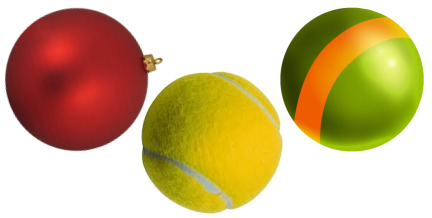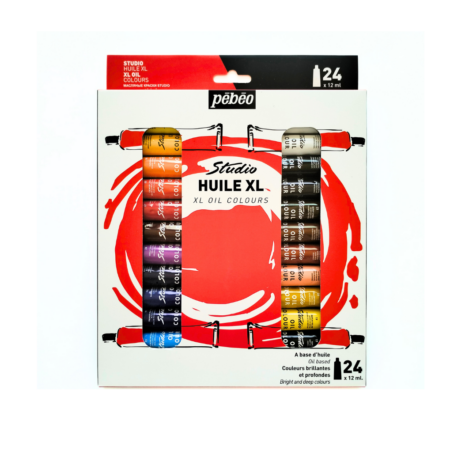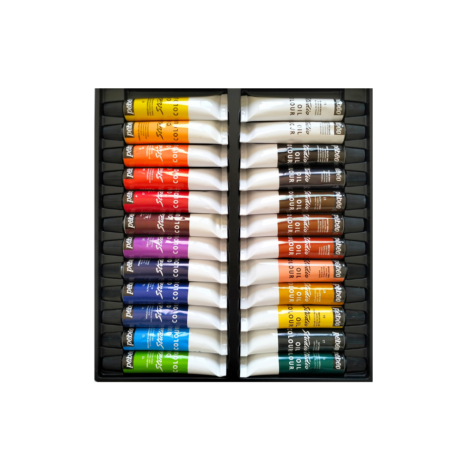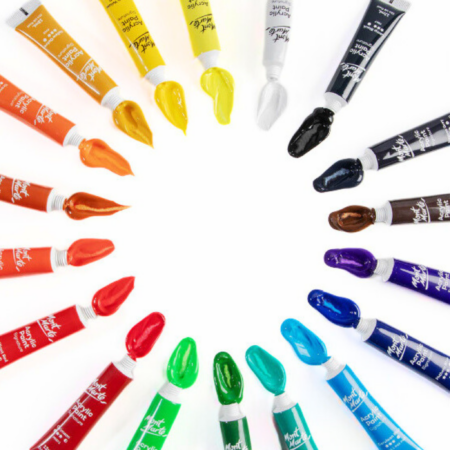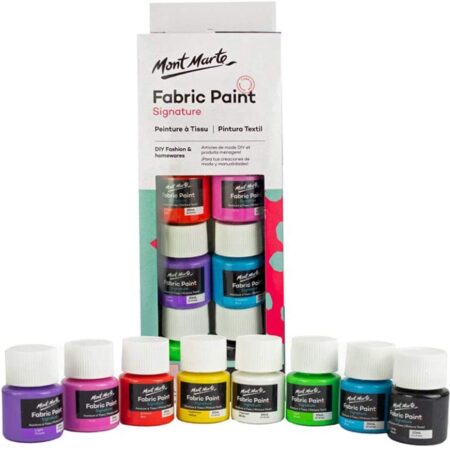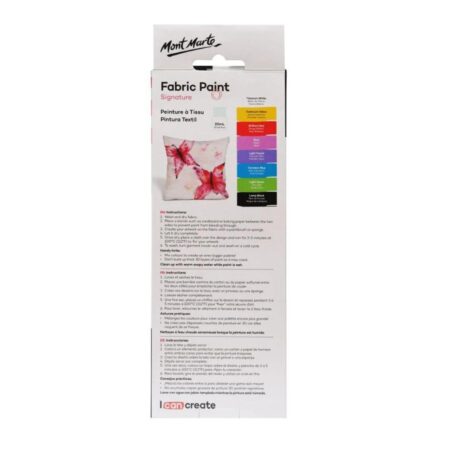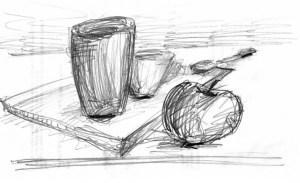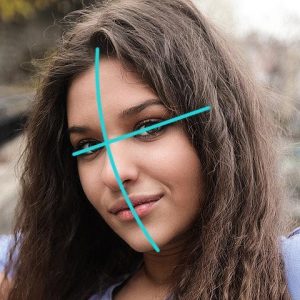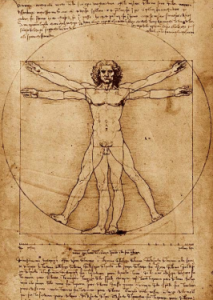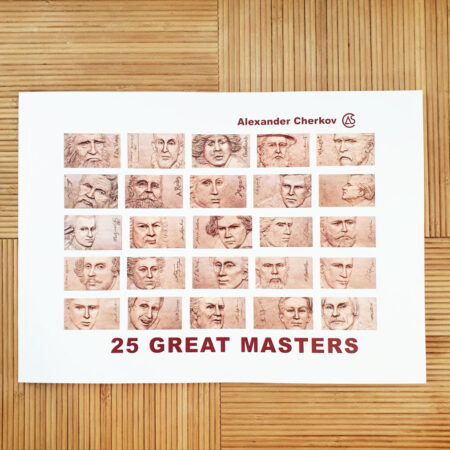XNUMXD in painting
Since one of the artist's tasks is often to create an effect of volume or depth (illusions of three-dimensional space), in the process of painting it is necessary to know how to create light and shadow in color Here, the knowledge of complementary colors will be useful in order to mutually darken each other and decrease each other's color brightness, since this is what happens with color when the lighting decreases in shadow.
So in the colored balls with the help of magnification you can see shades of purple in the shade of the yellow ball, shades of red in the shade of the green ball and shades of green in the shade of the red ball. Attempts to achieve a shade with an achromatic black color will lead to "contamination" of the color palette and loss of emotional expression of the painting.
Perspective in painting
It should be noted that when creating perspective Aerial in color, intensity decreases inversely with increasing lighting, which occurs as it moves away in open spaces. Therefore, in addition to white paint, a little complementary paint should be added. Besides, the color of distant areas is influenced by the color of the air, which we determine according to the color of the sky, depending on the time of day, the season, and also the weather conditions. And of course, the artist's mood. And maybe out of his desire?


